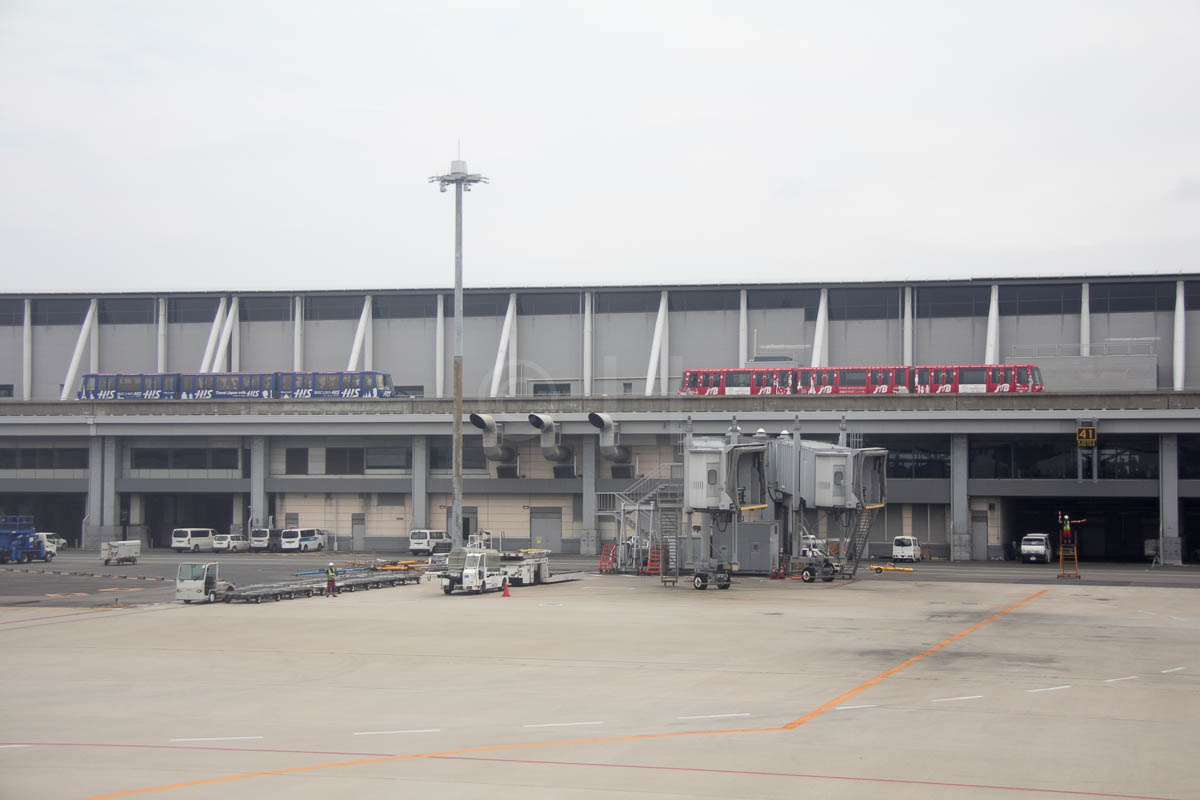Travellers out of Japan will pay an exit tax, effectively a ‘Sayonara levy’, from 7th January 2019. Japanese media are reporting that the tax will be 1,000 yen (around USD 9.5 at current exchange rates). The new tax comes as the result of a law passed in Japan’s Parliament on 11th April 2018.
Sayonara levy – who pays?
All travellers leaving Japan will pay the tax, whether foreigner or Japanese.
- The tax applies to travellers leaving by air or sea.
- The tax will be added to airfares and ship fares.
- children under the age of two
- transit passengers leaving Japan within 24 hours of arrival.
Revenue collected from the tax will be substantial, with around 40 million departures from Japan in 2016. Around 27 of these departing travellers were foreigners. Japan welcomed 28.69 million tourists in 2017, up 19.3 per cent from the previous year. Visitors from China and South Korea are the top two tourist sources for Japan, accounting for around 50% of total tourist arrivals in 2017.
The government plans to use the extra tax revenue to
- boost tourism infrastructure
- promote travel destinations in rural Japan
- fund global tourism campaigns
Other travel initiatives
- Expansion of free wireless Internet services on public transportation services
- Further roll out of electronic payment systems
Many countries impose an exit levy on departing travellers. These include United States, Australia and South Korea.
Room Taxes
Many cities/countries impose a tourism tax based on room occupancy, to fund local tourism promotion.
Currently, this lodging tax of 100 to 300 yen per person, per night, is charged by both the Tokyo Metropolitan Government and the Osaka Prefectural Government. Kyoto has announced that a similar levy will be charged from October 2018.







This Post Has 0 Comments